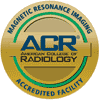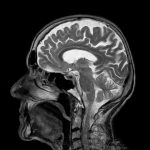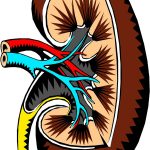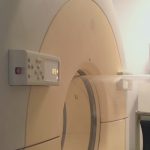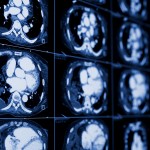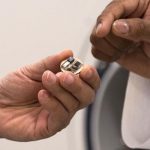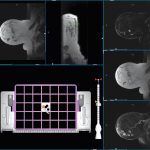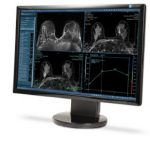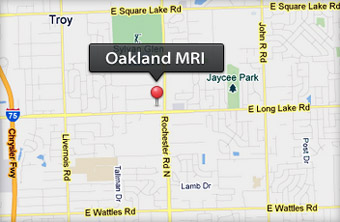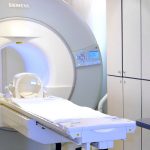 Magnetic resonance imaging appears to be safe for patients with cardiac implantable electronic devices, even for chest imaging, according to a new study by researchers from the Intermountain Medical Center Heart Institute in Salt Lake City.
Magnetic resonance imaging appears to be safe for patients with cardiac implantable electronic devices, even for chest imaging, according to a new study by researchers from the Intermountain Medical Center Heart Institute in Salt Lake City.
In the past, MRIs have been considered dangerous for people who have the devices. However, the new study, “Real World MRI Experience with Non-Conditional and Conditional Cardiac Rhythm Devices After MagnaSafe,” published in the Journal of Clinical Electrophysiology, found that MRI imaging can be safely performed on patients with devices.
“Magnetic resonance imaging has become very popular,” said Jeffrey L. Anderson, MD, senior study author and cardiologist at the Intermountain Medical Center Heart Institute. “It’s excellent for looking at soft tissue changes. But it involves very high-strength magnetic fields, which means if a patient has any implanted metal devices containing iron, it could potentially cause harm.” [Read more…]
